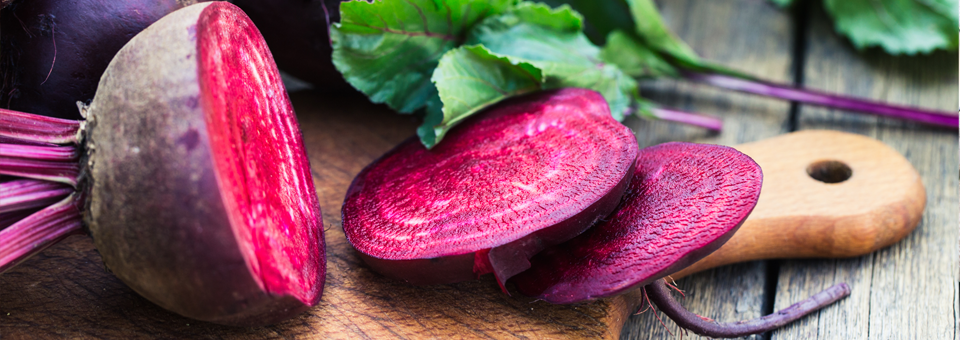Researchers recently discovered a direct correlation between the “good bacteria” in your gut and healthy blood pressure.
That’s good news, because lowering high blood pressure is one of the most important things you can do to prevent heart attack, stroke, diabetes, and dementia.
Mainstream doctors would never discuss your gut health with you when talking about blood pressure. Instead, they’ll immediately put you on one of Big Pharma’s prescription drugs.
At the Sears Institute for Anti-Aging Medicine, I treat my patients with a combination of natural therapies and consider prescription drugs as a last resort.
Today, I’ll show you an easy new way to lower your blood pressure.
Let me explain.
The Gut and Blood Pressure Connection Revealed
It seems that intermittent fasting can bring positive changes to your gut microbiome which leads to healthy blood pressure levels AND extended longevity.
German researchers followed 71 people suffering from metabolic syndrome – including obesity, inflammation, diabetes, and hypertension. They were eating a traditional Western diet and taking prescription drugs for high blood pressure.
Half the group were instructed to practice intermittent fasting for the study period. By the end of the study, almost 50% of the fasting group had lower blood pressure, lost weight, and reduced the need for hypertension drugs.1
Only 17% of the control group reported any positive benefit.
Intermittent fasting increases the number of beneficial bacteria in the gut associated with lower blood pressure. According to the researchers, fasting acts as a “catalyst for protective microorganisms” in the gut.
This backs up an earlier study by Cambridge University.2
In this study, researchers measured gut bacteria before and after volunteers went on a modified fast. They reported that calorie restriction led to profound changes within the gut microbiome composition and function.
These positive changes resulted in weight loss, increased
energy, improved feelings of well-being – and a significant drop in systolic blood pressure of 12 points.3 Simple Steps to Intermittent Fasting
I recommend intermittent fasting to almost everyone I see at the Sears Institute for Anti-Aging Medicine. Here are three simple steps to help you get started.
- Decide on your fasting window. I recommend my patients start with a safe, simple regimen that calls for an eight-hour eating window each day, followed by a 16-hour fast. When your body gets used to the 16-hour fast, you can move up to the 24-hour mark. You can practice one-day fasts as often as every two weeks.
- Set your goals. Keep a fasting log and hold yourself accountable. I keep a notebook by my bed and map out my plan every week, what my fasting hours are and what I’ll eat after.
- Listen to your body. A full-day fast isn’t for everyone, although it’s much easier after practicing intermittent fasting first. You should always consult with a doctor before fasting, and remember it can take time to shed your old eating habits.
3 More Natural Options for Better Blood Pressure
Intermittent fasting is not the only natural way to eliminate hypertension. Here are three more ways I help patients lower blood pressure…
- Use nature’s own blood pressure “prescription.” I’m talking about magnesium, your body’s natural blood vessel relaxer. I’ve used it in my practice with great results. It helps balance potassium, sodium and calcium, which all affect blood pressure.
A review of 34 studies covering more than 2,000 patients, researchers found that taking magnesium daily for one month lowered systolic pressure by 2 mmHg and diastolic pressure by 1.8 mmHg.3 I recommend between 600 mg and 1,000 mg a day. Take it with vitamin B6. It will increase the amount of magnesium that accumulates in your cells. - Chew this red root. When you eat beetroot, it combines with saliva and bacteria on your tongue and turns into nitric oxide (NO). Nitric oxide is a natural vasodilator that relaxes your blood vessels and causes them to widen. This increases blood flow and lowers blood pressure. And when NO hits your stomach, it starts to recirculate throughout your body and causes your blood pressure to drop. You see the biggest drop about four hours after eating beetroot. But the effects last up to 24 hours.4
Crunching a piece of beetroot gives you the best results. But if that isn’t appealing, supplement with 1 gram of beetroot juice powder once a day. - Take a single dose of CBD. In a recent study, researchers gave healthy volunteers a single 600 mg dose of CBD oil and found it reduced resting blood pressure compared to a placebo.5 Then the volunteers were given a stress test that causes blood pressure to increase substantially. A single dose of CBD caused a much lower increase in blood pressure than normal.
If you’re not used to CBD, I recommend starting with 5 mg daily for the first week. But don’t be surprised if you don’t feel any effects until you reach about 30 mg per dose. But the right dosage all depends on your health and your body. Experiment to find out what works best for you.
To Your Good Health,
![]()
Al Sears, MD, CNS
References:
1. Maifeld A, et al. “Fasting alters the gut microbiome reducing blood pressure and body weight in metabolic syndrome patients.” Nat Commun. 2021 Mar 30;12(1):1970.
2. Mesnage R, et al. “Changes in human gut microbiota composition are linked to the energy metabolic switch during 10 d of Buchinger fasting.” J Nutr Sci. 2019 Nov 12;8:e36.
3. Zhang X, et al. “Effects of magnesium supplementation on blood pressure: A meta-analysis of randomized double-blind placebo-controlled trials.” Hypertension. 2016;68(2):324-333.
4. Webb. A. Hypertension, Feb. 4, 2008, early online edition. News release, Queen Mary, University of London
5. Jadoon K, et al. “A single dose of cannabidiol reduces blood pressure in healthy volunteers in a randomized crossover study.” JCI Insight. 2017 Jun 15; 2(12): e93760.

